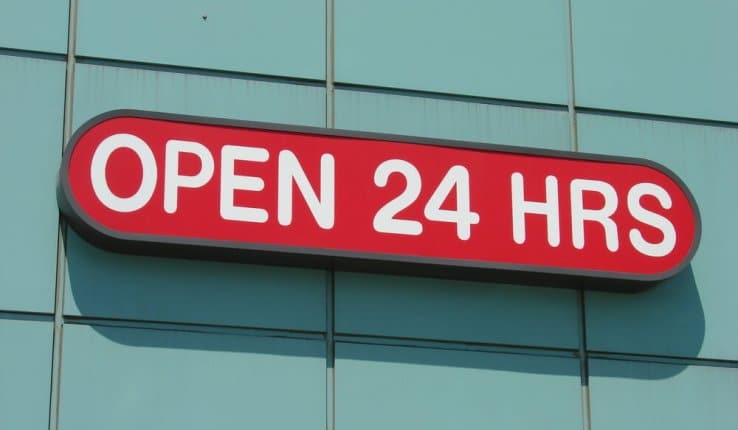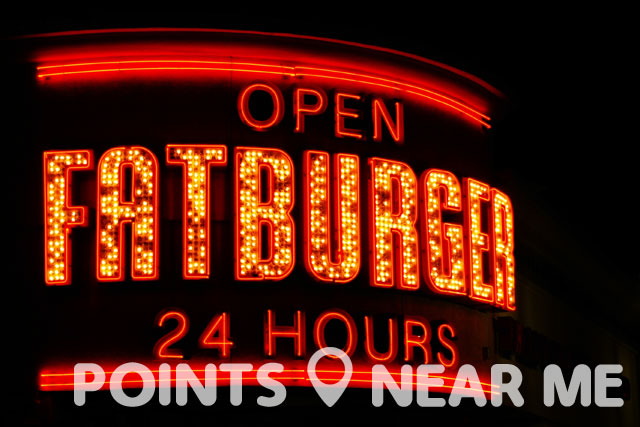

In October 1990, the heavily indebted Southland Corp. This downsizing also resulted in numerous metropolitan areas losing 7-Eleven stores to rival convenience store operators. Various assets, such as the Chief Auto Parts chain, the ice division, and hundreds of store locations, were sold between 19 to relieve debt incurred during the buyout. The buyout suffered from the effects of the 1987 stock market crash and after failing initially to raise high yield debt financing, the company was required to offer a portion of stock as an inducement to invest in the company's bonds. In December 1987, John Philp Thompson Sr., the chairman and CEO of 7-Eleven, completed a $5.2 billion management buyout of the company. In the late 1980s, Southland Corporation was threatened by a rumored corporate takeover, prompting the Thompson family to take steps to convert the company into a private model by buying out public shareholders in a tender offer. of Saginaw, Michigan, which became the first U.S. The company signed its first area licensing agreement in 1968 with Garb-Ko, Inc. With the purchase in 1963 of 126 Speedee Mart (all already open 7–11) franchised convenience stores in California, the company entered the franchise business. In 1971, Southland acquired convenience stores of the former Pak-A-Sak chain owned by Graham Allen Penniman Sr.


Later on, 24-hour stores were established in Fort Worth and Dallas, Texas, as well as Las Vegas, Nevada. In 1963, 7-Eleven experimented with a 24-hour schedule in Austin, Texas, after an Austin store stayed open all night to satisfy customer demand. In 1946, in an effort to continue the company's post-war recovery, the name of the franchise was changed to 7-Eleven to reflect the stores' new hours of operation (7 am to 11 pm), which were unprecedented at the time. This brought the company's ownership under the control of a board of directors. A Dallas banker, W. W. Overton Jr., also helped to revive the company's finances by selling the company's bonds for seven cents on the dollar. Nevertheless, the company continued its operations through re-organization and receivership. In 1931, the Great Depression affected the company, sending it toward bankruptcy. This became the major factor in the company's success as a retail convenience store. Southland also started to have a uniform for its ice station service boys. Joe Thompson also provided a distinct characteristic to the company's stores, training the staff so that people would receive the same quality and service in every store. In the same year, the company began constructing gas stations in some of its Dallas locations as an experiment. Later on, the stores began operating under the name "Tote'm Stores". Soon, executives added totem poles in front of every store and eventually adopted an Alaska Native-inspired theme for their stores. The pole served as a marketing tool for the company, as it attracted a great deal of attention. In 1928, a manager named Jenna Lira brought a totem pole as a souvenir from Alaska and placed it in front of her store. Thompson eventually bought the Southland Ice Company and turned it into the Southland Corporation, which oversaw several locations in the Dallas area. Although small grocery stores and general merchandisers were available, Thompson theorized that selling products such as bread and milk in convenience stores would reduce the need for customers to travel long distances for basic items. In 1927, Southland Ice Company employee John Jefferson Green began selling ice, then he started selling eggs, milk, and bread from one of 16 ice house storefronts in Dallas, with permission from one of Southland's founding directors, Joe C. In November 1999, the corporate name of the US company was changed from "The Southland Corporation" to "7-Eleven Inc." History In 1946, the chain's name was changed from "Tote'm" to "7-Eleven" to reflect the company's new, extended hours, 7:00 am to 11:00 pm, seven days per week. Some stores featured "native" totem poles in front of the store. The company's first outlets were in Dallas, named "Tote'm Stores" because customers "toted" away their purchases.


 0 kommentar(er)
0 kommentar(er)
